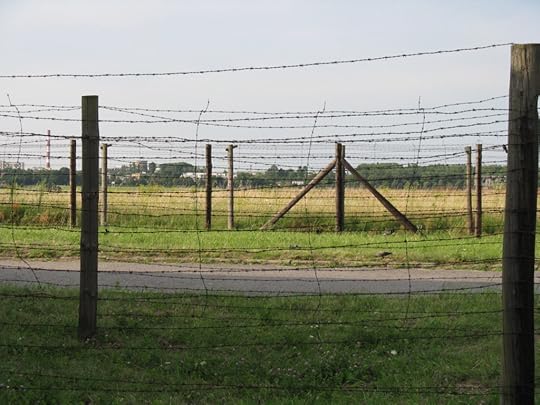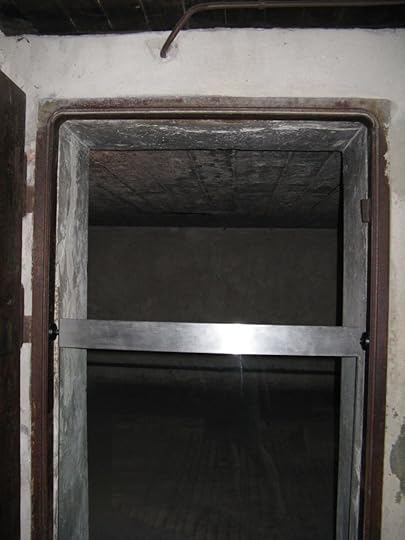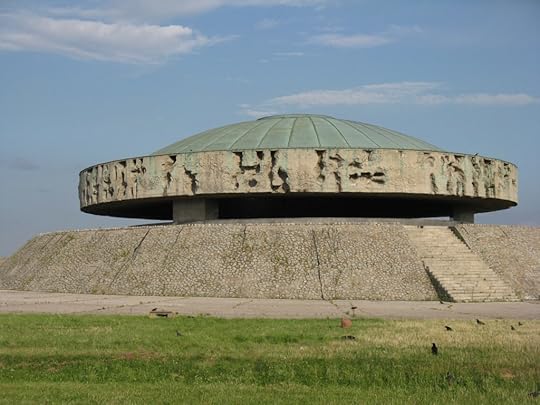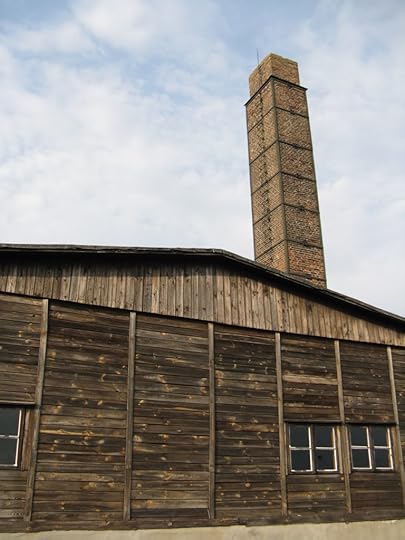date newest »
newest »
 newest »
newest »
message 1:
by
Pamela
(new)
Jan 28, 2018 10:52AM
 I am always shocked when I read about Holocaust deniers. I suppose a great part of it is the incomprehensible figure of 6 plus million. I hope that young man takes the time to do some serious research.
I am always shocked when I read about Holocaust deniers. I suppose a great part of it is the incomprehensible figure of 6 plus million. I hope that young man takes the time to do some serious research.
reply
|
flag
 This comment is not directly related to the problem discussed above - but it opened my eyes even wider to how much was going on and how much ordinary German people during the time didn't even know. I listened to a two-hour interview with one of Hitler's secretaries, Traudl Junge. She stayed in the bunker to the bitter end. She was there when Hitler lost trust in his closest advisers like Goering and Himmler and others, he even tested the cyanide capsule on his beloved dog 'Blondy'' who had babies. She was there when he married Eva Braun, she was there when the Goebbels family poisoned their six kids and the ten-year-old, Helga tried to fight it. Traudl Junge also had one of the cyanide capsules but did not take it. She was taken prisoner by the Russians, later released to the Allies. To listen to her, to see her in this video, to see how she sometimes stopped and at the end uttered "I can't go on..." and put her head down almost into her lap, was incredible.
This comment is not directly related to the problem discussed above - but it opened my eyes even wider to how much was going on and how much ordinary German people during the time didn't even know. I listened to a two-hour interview with one of Hitler's secretaries, Traudl Junge. She stayed in the bunker to the bitter end. She was there when Hitler lost trust in his closest advisers like Goering and Himmler and others, he even tested the cyanide capsule on his beloved dog 'Blondy'' who had babies. She was there when he married Eva Braun, she was there when the Goebbels family poisoned their six kids and the ten-year-old, Helga tried to fight it. Traudl Junge also had one of the cyanide capsules but did not take it. She was taken prisoner by the Russians, later released to the Allies. To listen to her, to see her in this video, to see how she sometimes stopped and at the end uttered "I can't go on..." and put her head down almost into her lap, was incredible. She had kept quiet and 'out of sight' for almost all her 'after-life' - but opened up before she died. It is not an easy video to watch as it is mainly her talking as she remembers, stops and is prompted by the man who is with her, asking very few questions. So it's listening to an eighty-year-old woman talking, a woman with an incredibly clear mind and recall. There are comments one can hardly believe - but it all rings very true. The females, the secretaries, and the cook were kept away from the 'inner circle' and had no idea what was going on in the outside world. They didn't even know what was going on in the male "inner circle" as they had absolutely no access. Traudl Junge was the one out of about six secretaries Hitler chose in the final hour to dictate hisTestament to, his political as well as his personal Last Will.
The video is in German with English subtitles.








